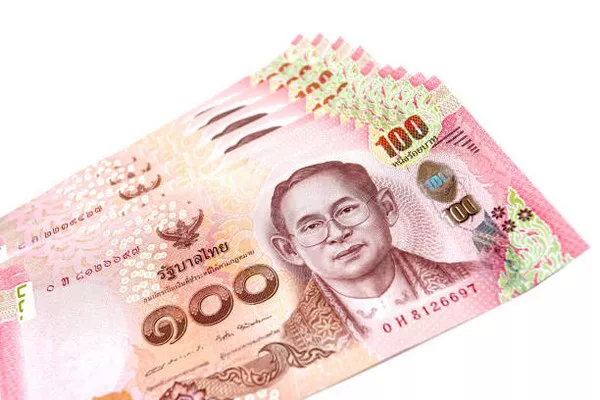Afghanistan, a nation with a rich history and a complex geopolitical landscape, has its own distinct currency known as the Afghan Afghani. In this article, we will delve into the historical background, features, and significance of the Afghan Afghani as the main currency in Afghanistan.
Historical Context
The history of Afghanistan’s currency reflects the country’s journey through various political changes and economic challenges. The Afghan Afghani was first introduced in 1925 during the reign of King Amanullah Khan, replacing the Afghan rupee. This move aimed to establish a national currency and assert Afghanistan’s economic independence.
Over the years, Afghanistan witnessed political instability, invasions, and conflicts that impacted its currency. During the Soviet-Afghan War in the 1980s, for instance, the country faced severe economic challenges, leading to a significant depreciation of the Afghani. Following the fall of the Taliban regime in 2001, efforts were made to stabilize the currency and rebuild the Afghan economy.
Design and Denominations
The Afghan Afghani is denoted by the symbol “؋” and has the ISO code “AFN.” The currency is issued by the central bank of Afghanistan, Da Afghanistan Bank (DAB). The Afghani is subdivided into 100 puls. Banknotes and coins are the two primary forms of Afghani currency in circulation.
Banknotes are available in various denominations, with each featuring historical and cultural motifs significant to Afghanistan. Common denominations include 1,000, 500, 100, 50, 20, 10, and 5 Afghani notes. These banknotes showcase images of landmarks, historical figures, and cultural symbols that represent the nation’s heritage.
In addition to banknotes, coins also play a role in daily transactions. However, due to their lower value, they are commonly used for small purchases. Coin denominations include 1, 2, and 5 Afghani.
Economic Significance
The Afghan Afghani serves as a vital tool in facilitating economic activities within Afghanistan. As the country’s official currency, it plays a crucial role in domestic and international trade, investment, and financial transactions. Understanding the economic significance of the Afghani requires an exploration of the country’s economic landscape.
Afghanistan’s economy is characterized by a reliance on agriculture, with a significant portion of the population engaged in farming. Additionally, the country possesses valuable natural resources, such as minerals and natural gas. The Afghani, as the medium of exchange, enables the smooth functioning of economic activities, allowing businesses to transact and individuals to engage in daily commerce.
Challenges and Economic Impact
Despite its importance, the Afghan Afghani has faced challenges that have affected its value and stability. One of the persistent issues has been the impact of political instability and armed conflicts on the country’s economy. Afghanistan’s long history of conflict, including the ongoing war against insurgent groups, has created uncertainties that hinder economic development.
The country’s dependence on foreign aid and the influx of international currencies have also influenced the Afghani’s value. Changes in geopolitical dynamics and shifts in international assistance can contribute to fluctuations in the exchange rate, affecting the purchasing power of the Afghani.
Furthermore, the informal economy, characterized by unregulated transactions, has posed challenges to the stability of the Afghani. In some instances, the use of foreign currencies in daily transactions has been observed, further complicating efforts to maintain a stable domestic currency.
Efforts for Stability
Recognizing the importance of a stable currency for economic growth, the Afghan government and Da Afghanistan Bank have implemented measures to address challenges and promote stability. These measures include monetary policies, financial regulations, and efforts to combat corruption.
The central bank plays a crucial role in formulating and implementing monetary policies to control inflation and stabilize the Afghani. Additionally, initiatives to strengthen the banking sector, enhance financial transparency, and attract foreign investment have been undertaken to foster economic stability.
International Assistance and Monetary Support
Given Afghanistan’s challenging economic environment, the country has often relied on international assistance and support to stabilize its currency and promote economic development. International organizations and donor countries have provided financial aid, technical assistance, and expertise to help Afghanistan address economic challenges and build a resilient financial system.
However, the effectiveness of such support depends on the coordination of efforts between the Afghan government, international partners, and relevant institutions. The recent geopolitical developments and changes in Afghanistan’s political landscape have added complexities to the situation, requiring a recalibration of strategies to address the evolving economic challenges.
Conclusion
In conclusion, the Afghan Afghani stands as the main currency in Afghanistan, playing a pivotal role in the nation’s economic landscape. Shaped by a complex history, the Afghani has weathered challenges and undergone transformations to assert its status as a symbol of economic independence. As Afghanistan navigates its path towards stability and development, the fate of its currency remains intertwined with the broader efforts to address political, social, and economic challenges. Understanding the nuances of the Afghan Afghani provides valuable insights into the country’s economic journey and the resilience of its people in the face of adversity.


